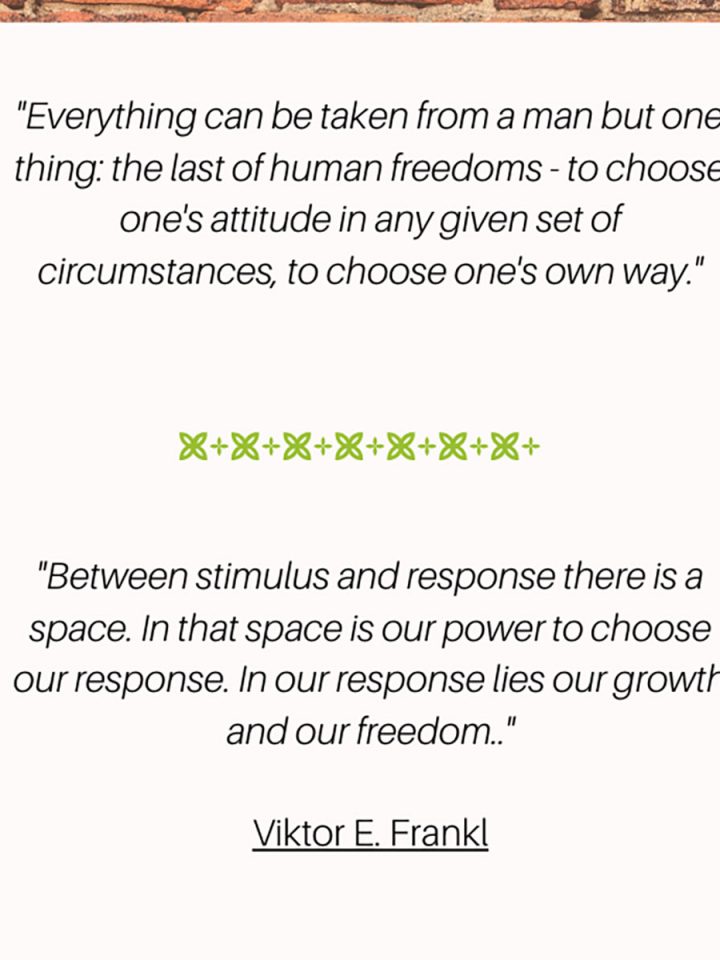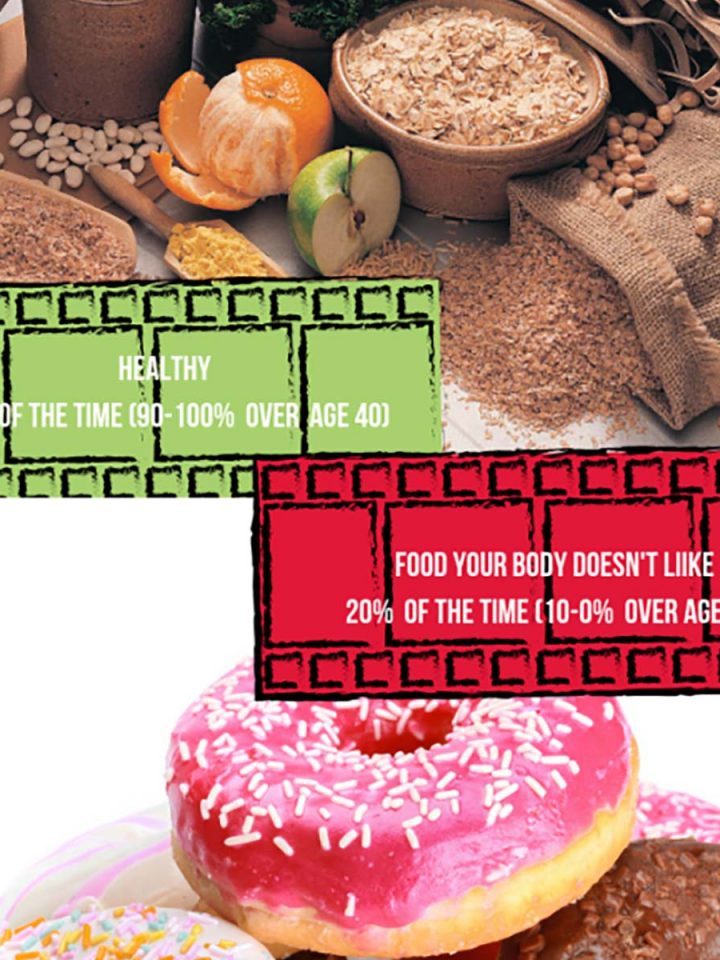In today's fast-paced world, our lives have shifted towards a predominantly sedentary pattern, where a significant portion of our day is spent sitting. This trend has raised alarms within the healthcare community, leading to comparisons of prolonged sitting with the dangers of smoking. Associated with the increased risks of diseases such as obesity, diabetes, cardiovascular diseases, and even cancer, prolonged sitting is increasingly viewed as a serious health concern. Let's explore strategies to combat prolonged sitting.

One-time, once-a-day exercise is not enough
The usual approach is to exercise once daily, whether aerobics, weight lifting, stretching, or a combination. While exercising once a day can certainly contribute to overall health, it's insufficient to counteract the negative effects of prolonged sitting throughout the day. A study tracking older women found that individuals who sit for long periods, regardless of their level of vigorous exercise, increased their mortality rate by a whopping 30% [1].
Defining Behaviors: We are engaged in too many sedentary activities
Our sitting patterns are defined by how we work for living, how we relax (hobbies), and how we socialize. Our ancestors relied on finding food through activities that kept them on their toes-running and walking. A study suggests that our Paleolithic ancestors took between 10,000-21,000 steps in a day [2]. But now, for most of us our livelihood depends on sitting down for prolong hours: in front of gadegets or in meetings. Our hobbies also are entrenched in "sitting down" activities. A study found that people who watch 4 or more hours of TV in a day have 1.5 times higher risk of dying with any disease/cause than people who watched less than 2 hours of TV [2]. Here are the main categories of activities that propels us the sit for long hours. Socialization, which once involved visiting friends and family often in their homes, is mostly done on social media.
- Work: work on computers, sewing machines, etc.
- Hobbies: watching TV, Knitting, sewing, etc.
- Socialization: gaming, social media browsing, etc.
Prolonged sitting linked to serious health risks
Hours spent seated at desks, in front of screens, or during commutes have been linked to many health risks beyond mere discomfort. Scientific research has illuminated the detrimental effects of extended sedentary behavior on various aspects of health.
- Early Mortality: a sedentary lifestyle is linked with early mortality, and this puts sitting right next to smoking [1].
- Reduced Metabolism: The sedentary state leads to a sluggish metabolism, impeding the body's ability to burn calories efficiently. This slowdown contributes to weight gain and challenges in weight management. Some studies have linked prolonged sitting with the increased risk of metabolic diseases such as diabetes [2].
- Cardiovascular Compromise: Prolonged periods of inactivity elevate the risk of cardiovascular issues such as heart disease and hypertension. The lack of movement hampers circulation and heart health, even in those who engage in sporadic exercise [3]
- Muscle Deterioration & Osteoporosis: Despite any morning exercise routine, prolonged sitting fosters muscle atrophy, particularly in neglected muscle groups. This undermines the gains made during exercise sessions and increases susceptibility to injury. That's likely why prolonged sitting is linked with osteoporosis [2].
- Musculoskeletal Diseases: Extended periods of sitting disproportionately impact certain body regions, notably the spine (particularly the lower back) and the neck. Sedentary posture often leads to poor alignment, exacerbating existing musculoskeletal issues and fostering new ones. This can result in chronic pain, particularly in the back and neck regions [2].
- Increased Risk of Peripheral Artery Disease: Peripheral artery disease (PAD) is a circulatory condition in which narrowed arteries reduce blood flow to the limbs, typically the legs. The PAD can lead to symptoms such as leg pain, particularly during physical activity, as well as numbness, weakness, and coldness in the affected limbs. Left untreated, PAD can increase the risk of complications such as ulcers, infections, and in severe cases, gangrene and limb amputation. Prolonged sitting increases the risk of PAD [4]
- Cancer: While the link doesn't seem obvious, sedentary behavior leads to metabolic dysfunctions such as high blood sugar, insulin resistance, agitation of insulin-like growth factor axis, and changes in the circulation levels of sex hormones such as estrogen, which heighten the risk of getting certain cancers [2].
How to meld movement into a sedentary lifestyle
By melding movement into our sedentary lifestyles, we can counteract the negative effects of prolonged sitting, enhance physical fitness, and promote overall vitality. Some studies and observations suggest that individuals who maintain optimal health tend to move every 20-30 minutes. Here are some practical strategies on how to implement it:
Monitor Your Sedentary/Sitting Hours to Cultivate Awareness
Often, we fail to realize the extent of our sedentary behavior. A work commitment, an exciting TV series, or sitting for hours in a vehicle or a plane can easily add up to sitting hours. The first step in breaking the extended sitting cycle is to become aware of your sitting hours in a day. Here are some tools that can help you track your sedentary hours:
- Apple Watch activity app tracks sitting vs active time.
- Oura Ring is an excellent biofeedback device; it automatically prompts the user to take a break every hour. I use this device for feedback on sleep and movement.
- Track your sitting time on a timer, which is practically available on most smartphones.
Take walking/movement breaks every 60 minutes
Optimal practice suggests incorporating a walking or movement break every hour when seated. Research indicates that individuals who took brief walking breaks every 30 minutes experienced the least adverse effects of prolonged sitting. Whether sitting at your work desk or binge-watching TV, it's best to take breaks from sitting by setting an alarm for walking breaks.
- Put a walking-break alarm on your phone or any other gadget that works for you.
Walk extra minutes during bathroom and water/drinks/snack breaks
Breaks for bathroom, water, coffee, tea, or snack, offer ample opportunities to add 2-10 minutes of walking each time.
Invest in a standing desk or Treadmill
A standing desk offers numerous benefits for combatting a sedentary lifestyle. The calculator on JustStand.org, an organization that promotes inactive lifestyles, suggests that standing burns more calories than sitting. My favorite standing desk, which I have at home, can be found here. I have Here are numerous benefits of using a standing desk:
- A study has found that Improved posture resulting from alternating between sitting and standing during work improved pain in the neck and shoulders [5].
- The same study also found that using a standing desk Improved work efficiency, increased productivity, and promoted high engagement with work[5].
- A study has found that standing versus sitting may result in a slight decrease in fasting blood glucose levels and body fat mass [6].
Implement Walking Meetings to Combat Sitting
Implementing walking meetings offers a proactive approach to combat the negative effects of prolonged sitting. By incorporating movement into discussions and decision-making processes, participants can break away from sedentary habits and enjoy the benefits of physical activity.
Engaging in walking meetings encourages active participation, fosters a dynamic exchange of ideas, and enhances overall well-being. Moreover, taking discussions outdoors amidst nature can invigorate both the mind and body, leading to more effective meetings and improved outcomes.
Rather than connecting with friends through social media, consider scheduling a walking date or chatting with them over the phone while taking a stroll.
Engage in household chores to stay active
In his best-selling book, The Blue Zones Secrets for Living Longer: Lessons From the Healthiest Places on Earth , the author Dan Buettener includes vignettes of physical movments in people aged mostly 80-106 -years-old. Many of these individuals do not frequent gyms; however, their daily routines are abundant with various activities, from cooking and cleaning to herding sheep, walking to markets to sell their goods, and visiting friends and family on foot.
Cultivate hobbies that require movement
Some hobbies can offer body movement outside of gym or workout hours. Here are some suggestions.
- Gardening involves planting, cleaning, or weeding your garden and is a great hobby that keeps you moving.
- Painting requires being on your feet.
- Photography is a great hobby that involves body movement.
- Dancing promotes healthy movement by engaging various muscle groups, improving cardiovascular health, and enhancing coordination and flexibility.
- Hiking entails exploring nature with the added benefit of physical activity for the body.
- Listen to Books on audio platforms instead of reading. If you are a bookworm, sitting for long hours is inevitable. Find some of your favorite books on Audible or any other audio platform and listen while walking.
Movement strategies for prolonged sitting in a car or plane
In the US, an average driver spends around 60 minutes daily driving for various reasons, per the American Driving Survey. Over the year, this time adds up to 366 hours per driver. Here are some actionable strategies for countering the negative impact of prolonged driving
- Walk a few minutes before getting into and after getting out of the vehicle.
- If you are on a long road trip, take a walking break as frequently as possible.
- Stroll down the aisle for a few minutes in a plane whenever it's safe.
Conclusion: Breaking the cycle of the sedentary lifestyle
In conclusion, the sedentary lifestyle epidemic is a serious public health concern. Prolonged sitting has been linked to various health risks, including obesity, cardiovascular disease, and type 2 diabetes. While sitting may not be as harmful as smoking, it is clear that reducing sedentary behavior is essential for our overall health and well-being. It boils down to cultivating a few tiny health habits to disect and break down the cylce of sitting down:
- Move every 30-60 minutes; set an alarm.
- Infuse movement at work by doing walking meetings or investing in a standing desk.
- Socialize with movement by visiting loved ones in person, speaking with them on the phone while walking, or having a walking date with a friend.
- Cultivate hobbies that require movement, such as gardening, dancing, photography, or hiking.

















Leave a Reply